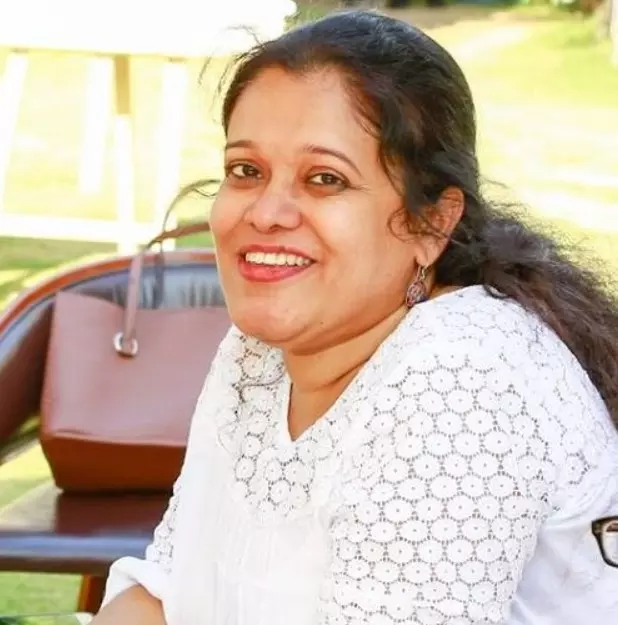Live
- Punjab DGP, MHA official request farmer leader Dallewal to end 20-day fast
- Stage Collapse During Swearing-In Ceremony of KUDA chairman in Kakinada
- Govt unveils ‘Jalvahak’ to boost inland waterways
- List of criminals: Delhi BJP chief on AAP panel of 38 candidates
- PSBs in India clock record Rs 1.41 lakh crore in net profit in FY24
- Telangana Government Announces Key Development Plans: Bhatti Vikramarka
- Crackdown on illegal poppy farming in Manipur: Assam Rifles destroyed 6,228 acres in 5 years
- South Korea's ruling party leader cancels press conference amid calls for resignation
- AIADMK's big meet discusses 2026 polls, prospective alliances
- BJP questions Congress-Shiv Sena (UBT) alliance over Aaditya Thackeray's Savarkar-Nehru remark
Just In

Lively Hearts of Hyderabad. The simple, entertaining yet thought provoking comment on society and the life of a common man is the typical Deccani humour poetry that has been unique to Hyderabad and the surrounding areas of the Deccan plateau.
Election may aarain pilaana banarain Pilaana banaako fasaada kararain Fasada karaako commitiyaan bitharain Commitiyaan banaako dilon ko milarain Margaye so murdon ke karain ilajaan Ji naani maa kya hai ki kya naiki (Punning on the popular phrase used in Deccani – Kya hai ki kya naiki – the popular Deccani humour poet Himayatullah comments on politicians contesting elections, planning to create riots and then following the riots are the committees. And they treat the dead bodies. He further laments on the state of India where there are fights over smallest of issues, on languages, on regions, on how the hearts break and the blood gets cheaper even as food becomes expensive)

© 2024 Hyderabad Media House Limited/The Hans India. All rights reserved. Powered by hocalwire.com







